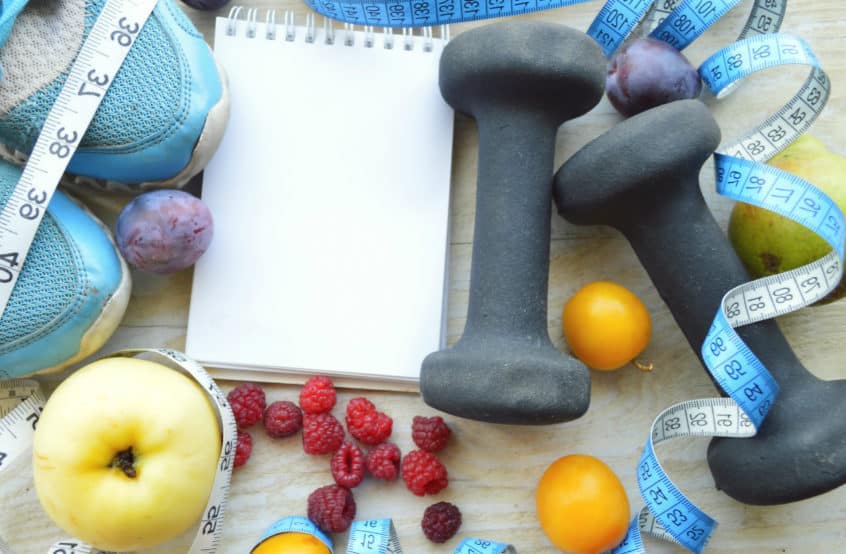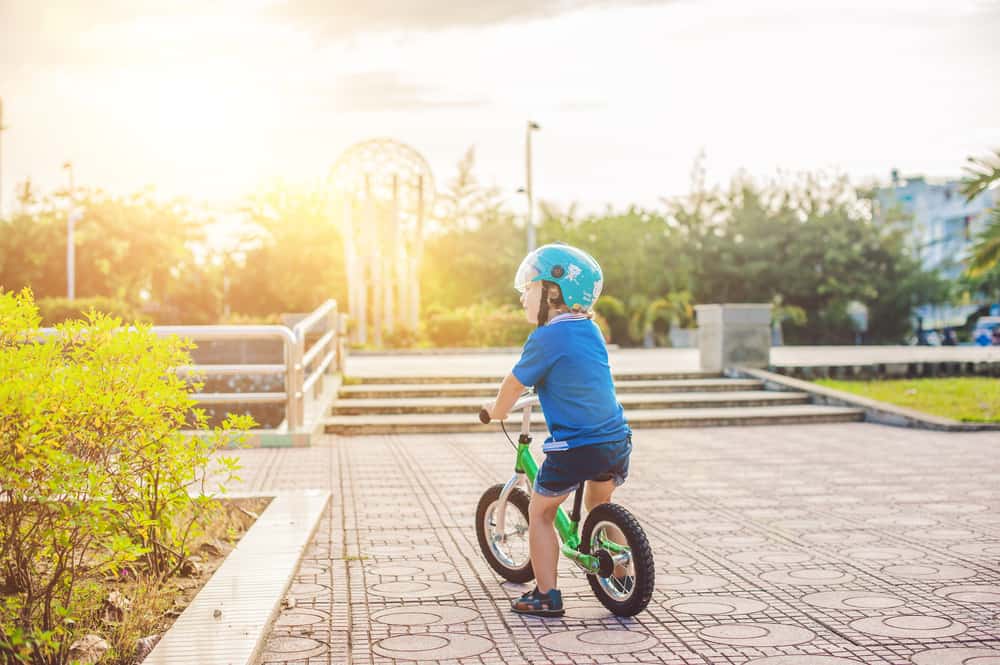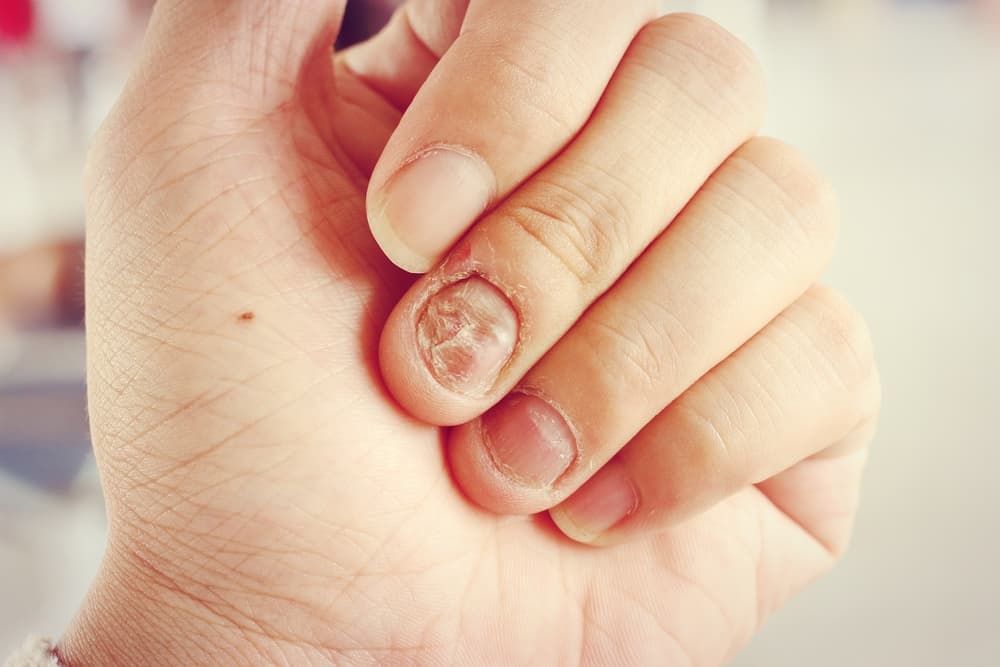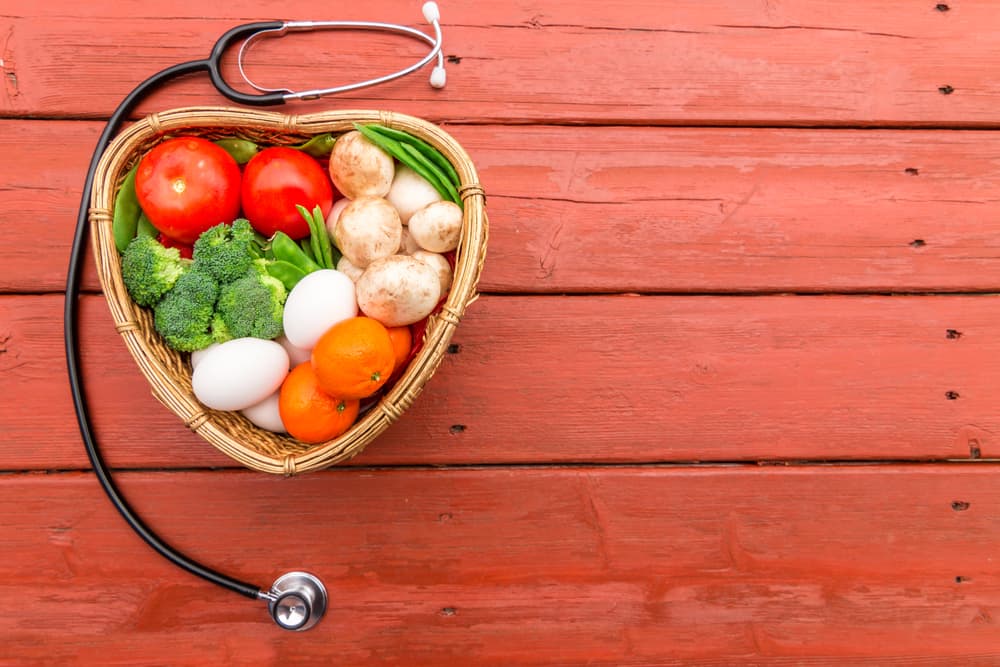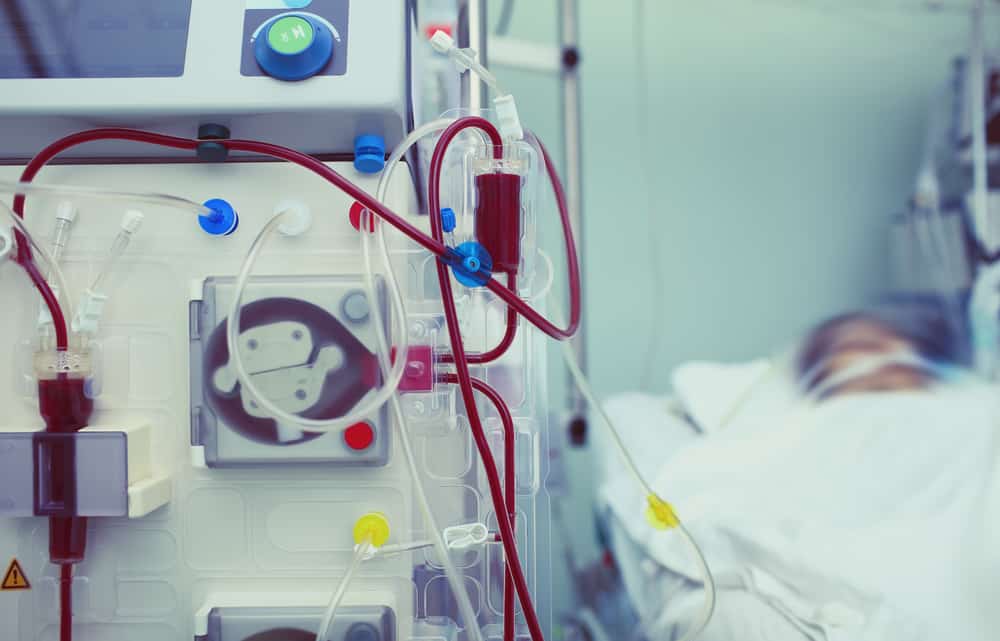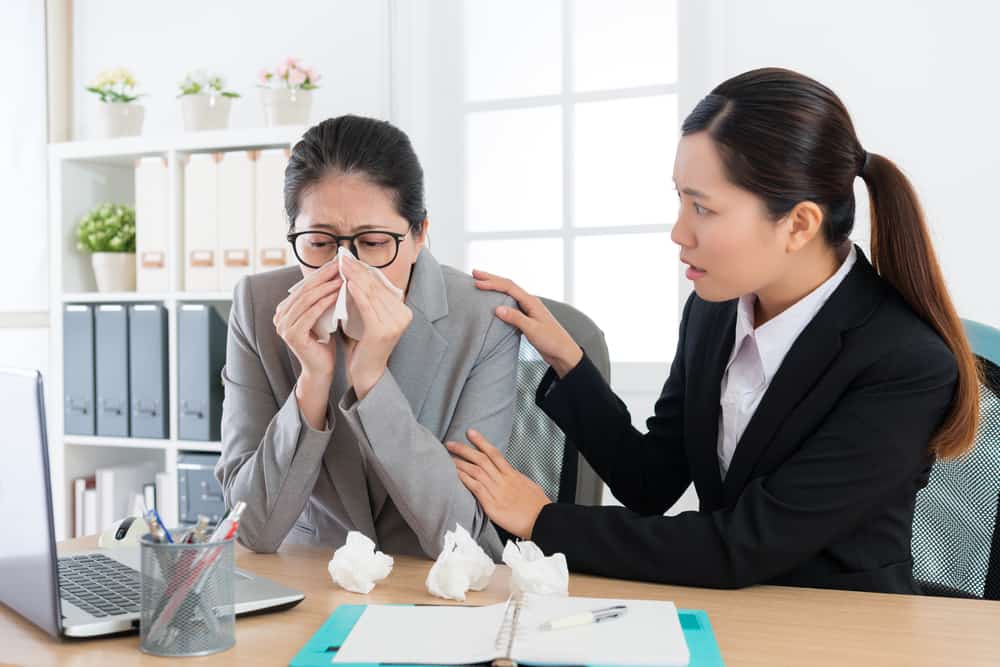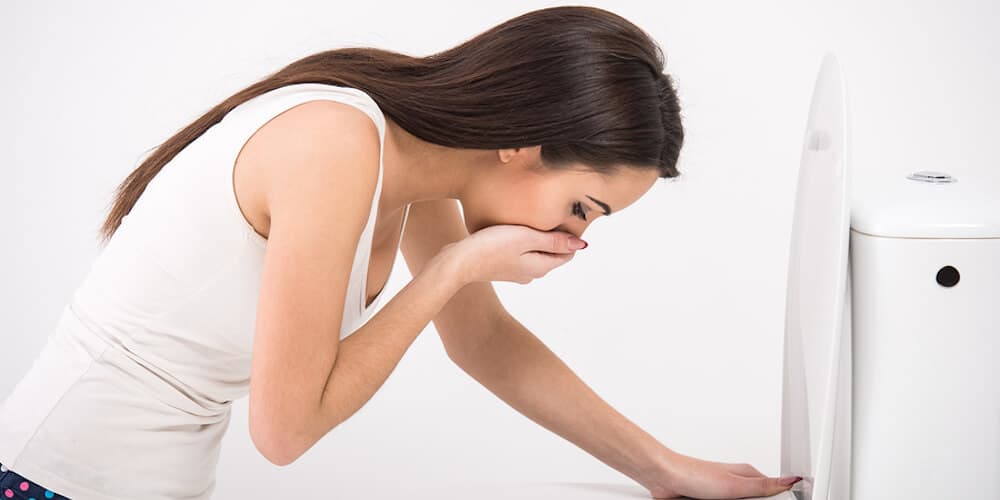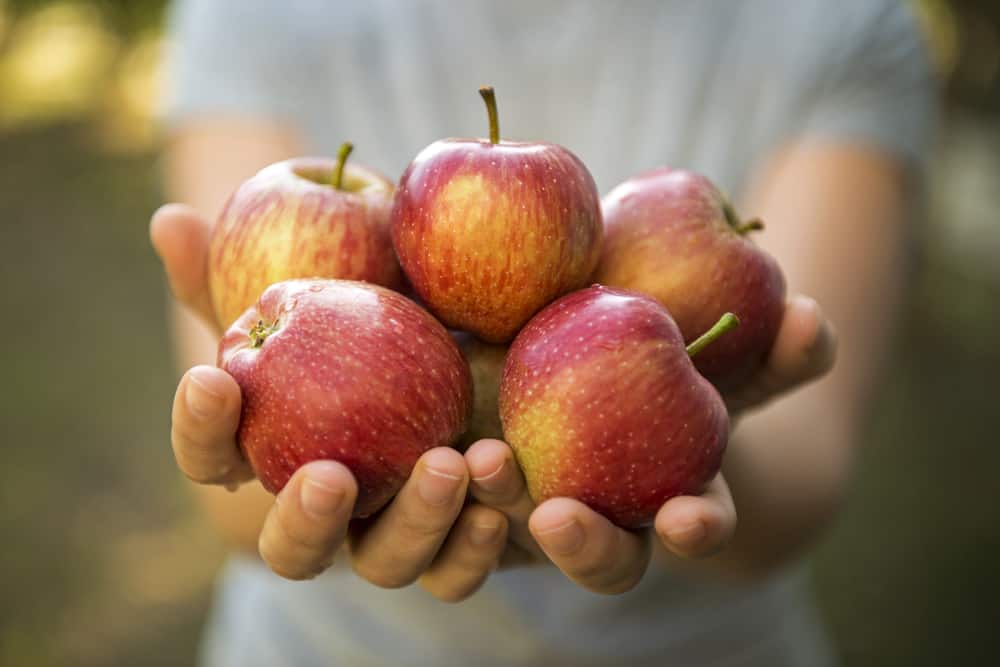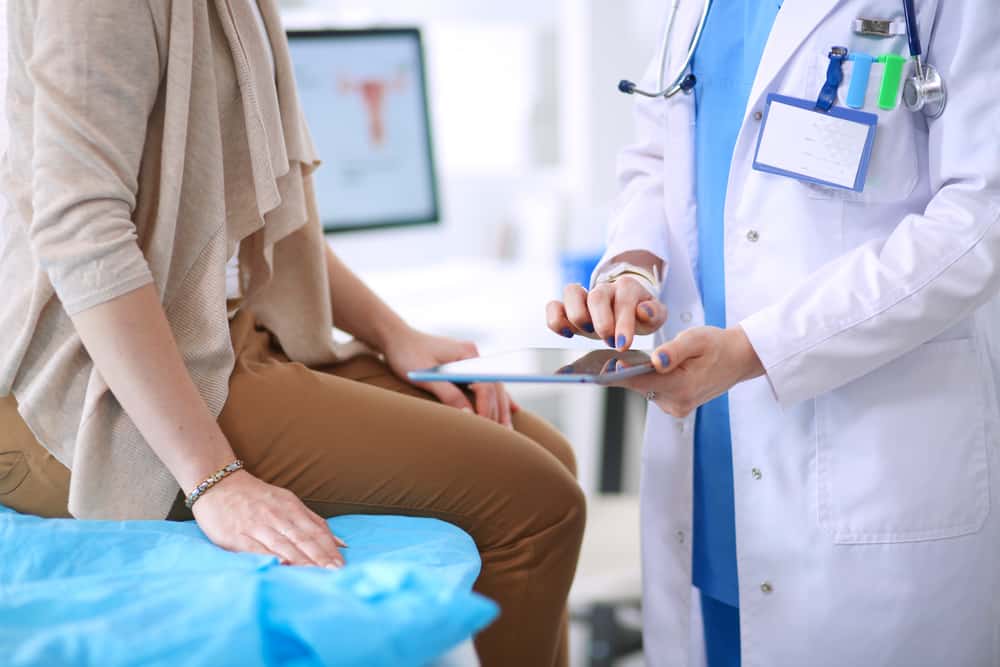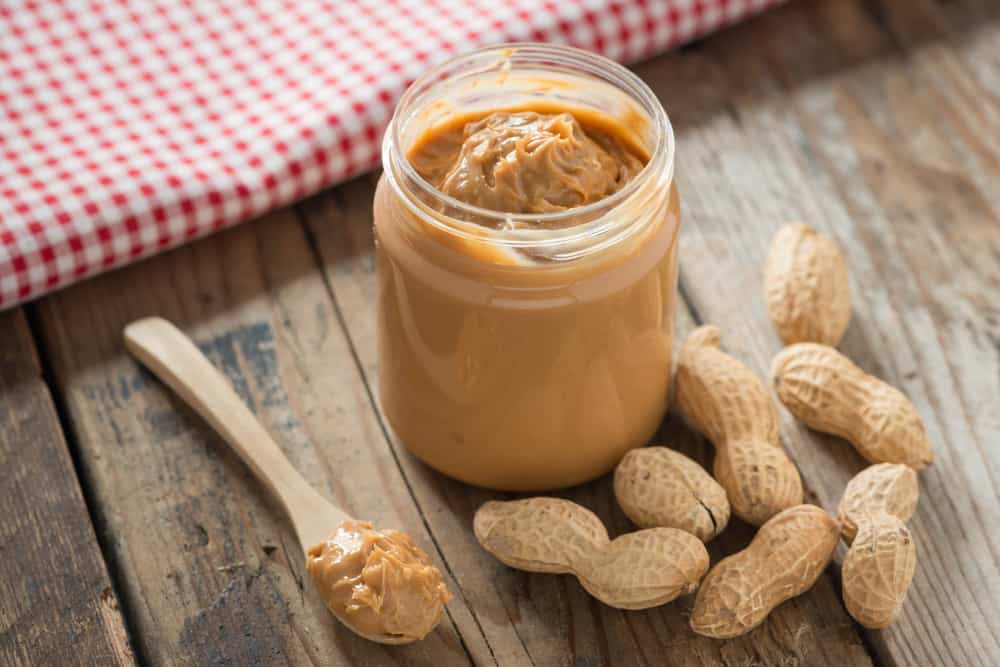Contents:
- Medical Video: Massage for Muscle Spasms & Cramps
- Why do muscles get cramped?
- How to deal with muscle cramps that don't heal
- How do you prevent muscle cramps?
Medical Video: Massage for Muscle Spasms & Cramps
The sport is long, but is the muscle cramps still felt today? Or is it that you haven't been exercising recently, but cramps suddenly and doesn't heal too? Are these signs of health problems to watch out for? Not necessarily. You really don't need to panic when the muscle cramps heal long enough. Because the length of recovery time for cramps in each person can be different. There are some that can recover quickly, but some have to wait for days. So, what should be done to overcome it?
Why do muscles get cramped?
Muscle cramps are one of the most common health problems, especially in 95% of adolescents and young adults who are actively exercising. Cramps are also common in older people.
Cramps actually occur due to one or more muscles that contract excessively outside the will, causing pain. Parts of the body that experience cramps often appear hardened, or hard when touched. Cramps often occur in the leg muscles, especially the calves.
Excessive muscle use from physical activity or holding the body position in a certain position for a long time can also cause cramps. Cramps can also be caused by pinched nerves or reduced blood flow to the muscles.
Various other factors that can cause muscle cramps are pregnancy, hypothyroidism, severe diarrhea, undergoing dialysis, liver disorders, taking diuretic drugs, to dehydration due to overheating.
How to deal with muscle cramps that don't heal
You must know what causes muscle cramps before seeking treatment. For example, if cramps are caused by severe diarrhea that causes dehydration, then heal the diarrhea first so that it becomes dehydrated and the muscles cramp heal. The most common way to treat diarrhea is by drinking ORS, infusion of fluids (if it is very severe), and taking diarrhea medication.
If the leg has cramps, for example after exercising, straighten and rest by supporting the legs using a pillow. You can also try lying on your stomach with your feet hanging at the end of the bed. Taking painkillers such as paracetamol and ibuprofen or applying a special ointment for muscle pain can also relieve the pain while you rest.
If it still hurts, you can put cold compresses on the affected part of the body. Cold compress for 10 minutes every hour in the first 2 days after experiencing cramps. After that, cold compress for 15-20 minutes, three times a day. Don't use ice for more than 15-20 minutes every time, and don't fall asleep with compresses still sticking to your skin.
You can also massage the area that has cramps, this technique turns out to be quite effective in relieving the pain you experience. In general, cramps can heal within 3 days.
How do you prevent muscle cramps?
If you are among those who often experience cramps, try to stretch the muscles more regularly. For example, stand 60-90 cm away from the wall and straighten both hands against the wall. Alternately, pull your legs back as best you can. Do it 3 times a day. This stretching technique is effective enough to prevent cramps and reduce the frequency of cramps.
When you exercise or experience diarrhea, make sure you keep your body fluid intake fulfilled. Drinking water or isotonic drinks containing electrolytes to prevent muscle cramps during physical activity.

